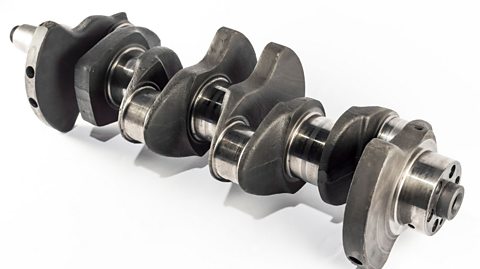Key points
- levers use mechanical advantage to make lifting or applying pressure easier
- the three main parts of a lever are the effort (input force), fulcrum (pivot point), and load (output force)
- there are three classes of levers, each arranging the effort, fulcrum, and load differently to maximise mechanical advantage
What is mechanical advantage?
Levers use mechanical advantage to make lifting or applying pressure easier. All levers are made of a bar and a pivot/fulcrum. Levers have three main parts:
Effort - the amount of force applied by the user, also referred to as the input
Fulcrum - where the lever pivots
Load - the weight that needs to be moved, also referred to as the output
Mechanical advantage is the amount of help you get using a machine in comparison to moving something with just human effort, and it is created by levers.
What are the different classes of lever?
There are three different types of levers. They are chosen for their ability to produce the most mechanical advantage for a particular task.
These classes of lever arrange the effort, fulcrum and load in a different order:
| First order | effort | fulcrum | load |
| Second order | effort | load | fulcrum |
| Third order | fulcrum | effort | load |
First class levers

First class levers (class 1) place the fulcrum between the effort and the load. An example would be a seesaw, which places the fulcrum in the centre and allows equally weighted children to lift each other up.
If the load is closer to the fulcrum, it becomes easier to lift. When the fulcrum is in the centre, like a seesaw, the effort and the load have to be equal to balance them. If a person is slightly heavier at one end or leans back, moving the weight, one end of the seesaw moves down.

A crowbar is an example of a first class lever that puts the load closer to the fulcrum - this gives it more power to move a load. When the fulcrum is moved nearer the load it takes less effort to move it.
Second class levers
Second class levers (Class 2) place the fulcrum at one end of the lever and the effort at the other end, with the load in the centre. The closer together the fulcrum and load are, the easier it is to lift the load. Examples include wheelbarrows, nutcrackers and some bottle openers.
Third class levers
Third class levers (Class 3) place the effort between the fulcrum and the load. If the effort and the fulcrum are further apart, it becomes easier to lift. A third order lever does not have the mechanical advantage of first or second class levers, so are less common. They are generally used for moving small or delicate items. Examples include tweezers or fishing rods.
Test yourself
More on Mechanical control systems
Find out more by working through a topic
- count5 of 5
